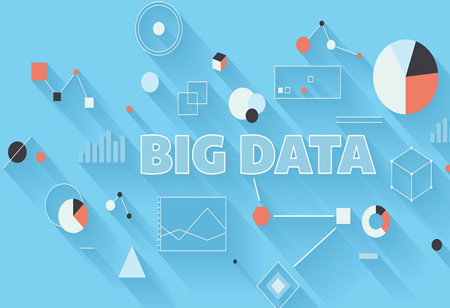THANK YOU FOR SUBSCRIBING
Five Ways to Analyze Big Data
Big data analytics is the act of analyzing massive amounts of data to uncover information such as hidden patterns, correlations, market trends, and consumer preferences that can help businesses make better decisions.

By
Apac CIOOutlook | Tuesday, August 24, 2021
Stay ahead of the industry with exclusive feature stories on the top companies, expert insights and the latest news delivered straight to your inbox. Subscribe today.
Big data analytics is the act of analyzing massive amounts of data to uncover information such as hidden patterns, correlations, market trends, and consumer preferences that can help businesses make better decisions.
FREMONT CA: Companies can use data analytics tools and methodologies to examine data sets and obtain new knowledge on a wide scale. Business intelligence (BI) queries provide answers to basic questions about business operations and performance. Big data analytics is a sort of advanced analytics that comprises complex applications that leverage analytics systems to power features such as predictive models, statistical algorithms, and what-if scenarios. Here are five ways to analyze big data:
Divide Up
Custom audiences have recently become a hot topic. Personalization is required for email marketing, up-sell, and cross-sell offers. Recognize that every one of the various persons you desire to touch is unique and has distinct needs when tailoring your message. While one-to-one personalization is impossible, segmenting your audience into small groups may be sufficient in terms of conversions. The more data you gather, the more evidence you'll need to group things together. So don't be frightened to work with large amounts of data. Consider it a vast pile of appealing small fragments that serve as a variety of reinforcements.
Spread Out
You may research these numerous data sets because you already know you want a diverse array of target audiences. You can choose from various tactics depending on your business goals and whether you're dealing with structured or unstructured data. As a result, you can mix and match your methods to extract useful information from your data.
Catch Up
Take immediate action. It should come as no surprise that having real-time information is essential for running a successful organization. Even though this statement may look ambiguous in the context of big data, it is unlikely that your analysis will be flexible enough when working with massive volumes of data. You can spot otherwise good analytics tools that, on the other hand, provide updates that take hours to process. However, in other areas, such as e-commerce, using big data to produce dynamic pricing is commonplace.
Suit Up
Your data must be suitably dressed. As in, dress up in eye-catching charts and graphs, so you don't have to waste time trying to figure out what to do next. Especially if you're dealing with a considerable quantity of figures or internet references. Now you must choose an analytics platform that can provide you with precise data visualizations. You'll be able to grasp it fast and take action this way.
Watch Out
While big data analysis might save you time and money, you must be vigilant. Interfering with what people write on the internet has a lot of disadvantages. Then there's the question of confidentiality. The IT industry as a whole is tiptoeing around it. Nonetheless, as long as you collect and analyze data on a recognized platform, you are safe. Common statistical errors, on the other hand, must be remembered.
See Also: Top Data Analytics Service Companies





